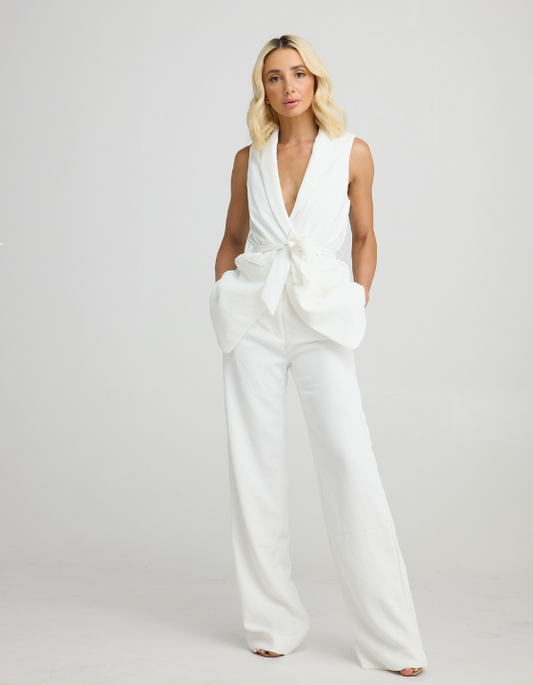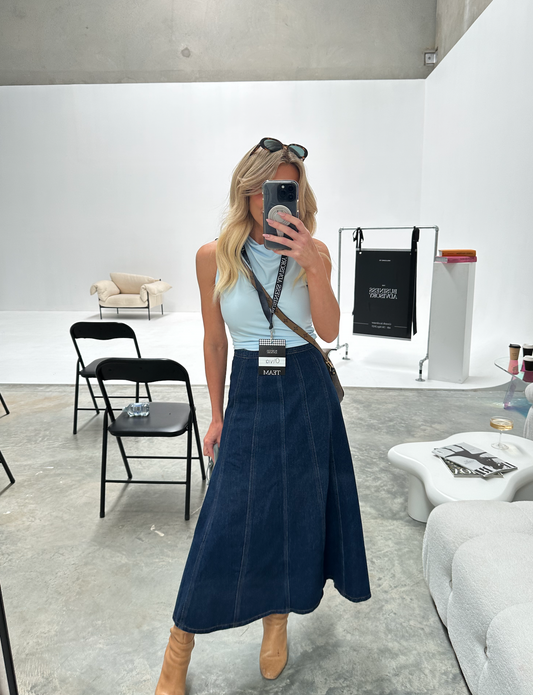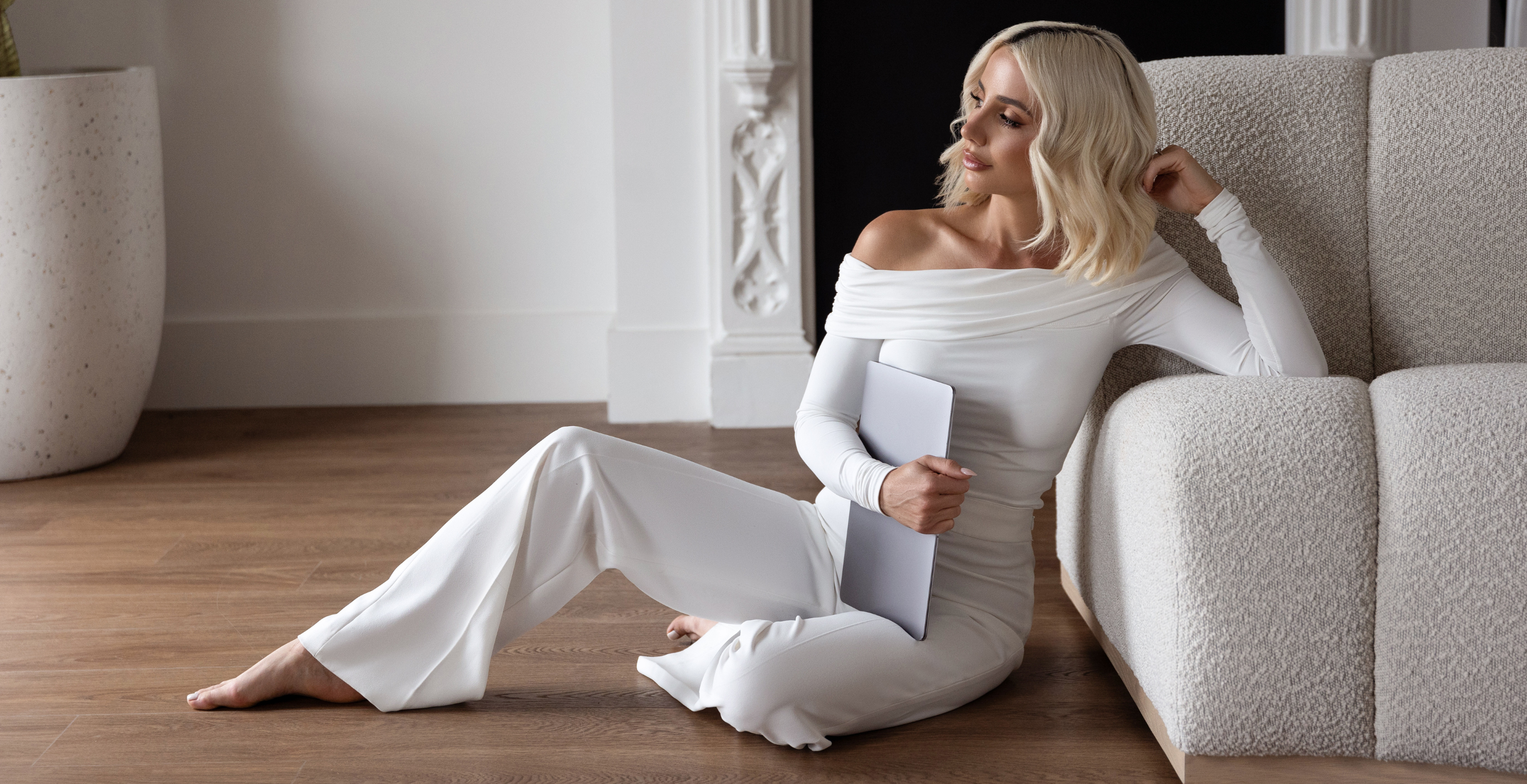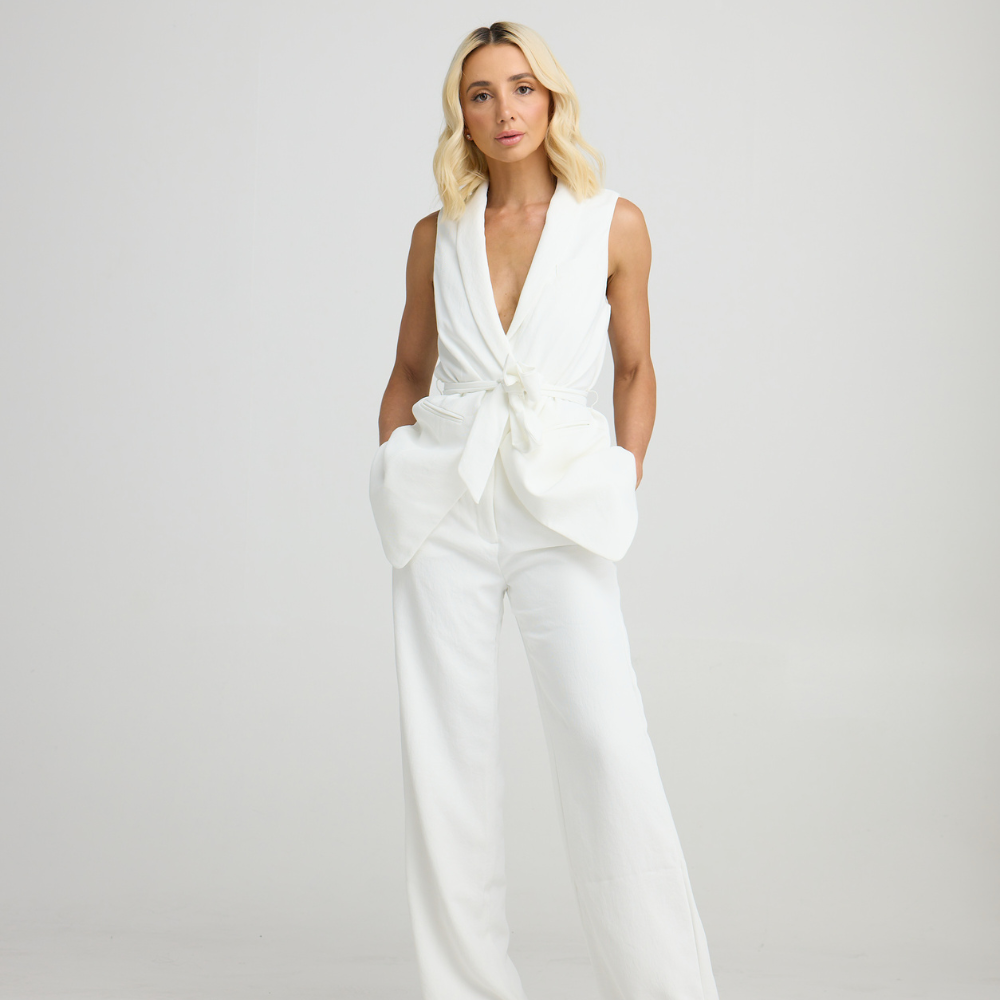The Organisation Secret Weapon That Will Change Your Business
I’ll admit it: I’m absolutely obsessed with organisation. As a CEO and mum of three, I’ve learned that the ONLY way things can run smoothly (both at home and in the business) is if I stay organised and on top of everything I need to do.
Over the years, I’ve tried many different organisation systems, but the one that has stuck with me for the longest is deceptively simple, and probably something you’ve done at some point in your life already: colour-coding.
Colour-coding gives you visual cues about specific work tasks or needs, so visual learners, pay attention! When you colour-code your most important documents (think calendars, to-do lists, spreadsheets — anything you use to stay organised), it becomes SO easy to understand what needs to be taken care of (and in what area of life) just through a quick glance at the document.
Another reason I love colour-coding is because you can really use it any way that works for you. Some business owners like to assign colours to low, medium, and high urgency tasks. Others assign colours to tasks based on what area of business they fall into. If you’re a working mum like me, you may use colour-coding to separate work and home responsibilities. The possibilities are limitless!
Before you dive in and start colour-coding your life (I understand the temptation!), there are a few things I want to encourage you to keep in mind:
-
Don’t overcomplicate things
It can be tempting to want to use 15 different colours when colour-coding, or to choose colours simply because they look pretty. This will over-complicate the process and make it difficult for you to stay consistent with your colour-coding system! Instead, choose 1-5 colours that actually make sense based on the way you’re designing your colour-coding system. You also want to think about what each colour is associated with. For example, red is a strong colour that catches the eye — meaning it could be a good choice for any urgent, high-priority tasks or extra important projects. In turn, you can use softer colours to block out time for creativity, self-care, family time, etc. If you still need a little help figuring out your personal colour-coding system, here’s how I would approach it:
-
Determine the major categories/groups of information you use throughout your workday.
Assign a colour to each category. For example, red for bookkeeping, blue for marketing, green for client calls, etc. You can also simplify things and use colour-coding for the sole purpose of delegating urgency to different tasks.That’s it!
-
Stay consistent
If you want colour-coding to simplify your life, you NEED to stay consistent with it. This means consistent with the frequency of your usage and with how you use it. If you aren’t consistent with the frequency of your usage, the obvious downside is that you won’t reap the benefits of the system – it takes time to get used to! If you aren’t consistent with how you use your system, you’ll end up confusing yourself more down the line because none of the meaning behind the colours will make sense. Bottom line? For best results, figure out how you plan to use colour-coding in your business/life, and then commit to it for at least a few months before making any adjustments.
-
Hold yourself accountable with new materials
One of the most fun ways to hold yourself accountable to a new organisation system is by purchasing new materials. The same way buying a new workout outfit can motivate you to get your butt to the gym, investing in high-quality stationary and pens can also inspire you to stay on track with your colour-coding. My personal recommendations:
-
-
Steph Pase Planners — beautifully designed planners, notebooks, and list templates. (Psst — use my code OLIVIAJENKINS15 to save on your purchase!)
-
Steph Pase Planners — beautifully designed planners, notebooks, and list templates. (Psst — use my code OLIVIAJENKINS15 to save on your purchase!)
-
-
Paper Mate Flair Felt Tip Pens — these pens make your handwriting look beautiful and provide a bold, medium-thick line that’s great for colour-coding and adding detail to your notes.
-
Paper Mate Flair Felt Tip Pens — these pens make your handwriting look beautiful and provide a bold, medium-thick line that’s great for colour-coding and adding detail to your notes.
-
- Aen Art Fineliner Color Pens — these pens are a bit thinner than the Paper Mates and are perfect for writing notes. Since they’re designed for journaling and planners, they come with zero bleed-through.
Have you tried colour-coding before? Did you love it or was it not really your thing? And if not, what is your absolute favourite, can’t-live-without-it system of organisation you use in your business?
Let me know your answers to all the questions above in the comments. In the meantime, I’ll be thinking about how I plan to colour-code the rest of Q4…
High-level clients expect high-level delivery. That’s why we use HighLevel to elevate every touchpoint. Start your free trial now and upgrade your entire experience.








